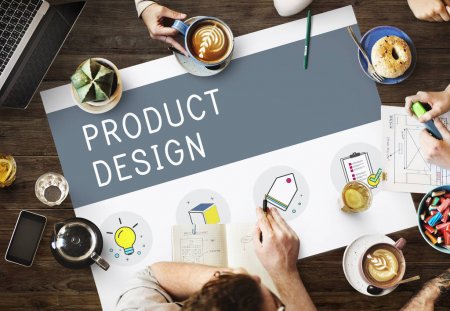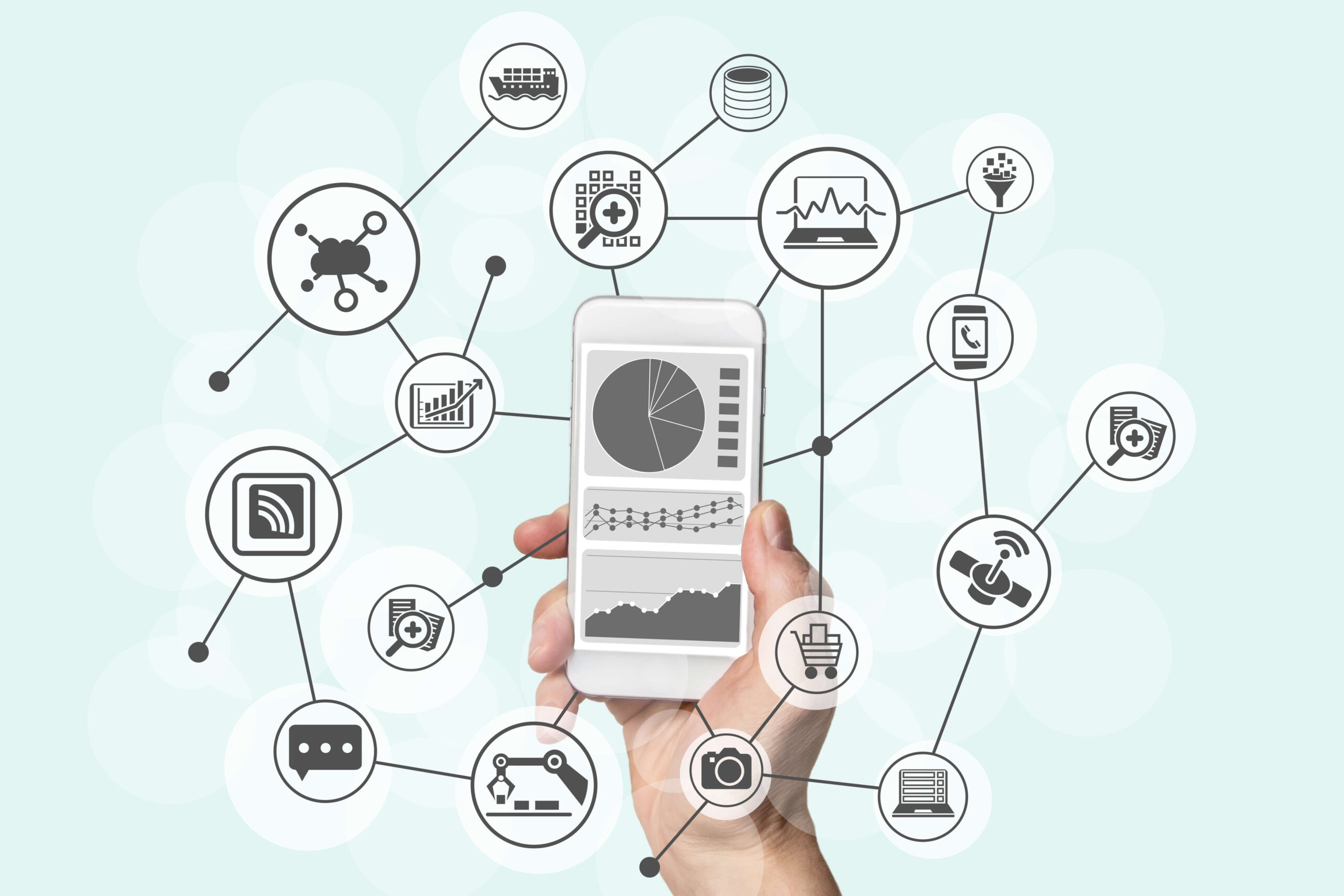
NPD – A New Landscape with Challenges of 2020’s
- admin
- 17th Aug 2020
INTRODUCTION:
Intensification of competition, rapidly changing technologies and shorter product life cycles,
require an integrated approach to management of product development in order to create
better quality products with enhanced capabilities, at attractive prices with compressed time
to market cycles.
Today customers often buy products without making a conscious distinction between
tangible product, service or brand.
The evolution of competitive environment has meant that companies have pointed out the
ability to develop new products both quickly and under quick economic conditions products
which not only seek to satisfy the needs of the client but also to bring them increased value
as a key factor of their competitiveness. This reactivity puts pressure on time as a real
strategic variable. It allows the firm to respond, in an acceptable period of time to the needs
of customers through specific products adopted to these needs. The specified of products
associated with brief time period demanded by the clients and imposed by competition
forces the firm to prove its ability to adapt to the changing desires of the environment.
OBJECTIVES
We can define NPD’s objectives as follows
- Defining the components of product design and development processes and their relationships from concept to customer.
- Defining the design management process and how innovation can be successfully brought to the market place to satisfy customers in an effective manner.
- Undertaking a methodical approach to the management of product development.
- Differentiating between the important methods, technologies, latest trends, tools and techniques of product design and development and how they can be effectively utilised.
FOCUS:
- Product development process
- Lean New Product Introduction
- Concurrent Engineering
- Organisation for effective product design and development
- Tools, Techniques, and Technologies including;
— Concept generation and Selection
— Design for Assembly/Manufacture
— Life Cycle Costing and Design to Cost
— Design Validation - Industrial Experiences
- User / Customer View
THE PROCESS:
- The Product development process encompasses all steps needed to take a product from concept to market availability. This includes identifying a market need, researching the competitive landscape, conceptualizing a solution, developing a product roadmap, building a minimum viable product, etc.
- Generally this involves the coordinated effort of different stake holders right from Marketing, Product planning, Sales, Production, Finance and Manufacturing Engineering Spearheaded by R&D.
- Application of Concurrent engineering, in which different departments work on the different stages of engineering product development simultaneously. It is to increase the efficiency of product development and marketing considerably reducing the time and contributing to the reduction of the overall development cost while improving the final product quality.
- Digital Validation and Digital proving plays a vital role in improving Manufacturability and identifying potential product improvement opportunities in Development stage itself through application of Technology tools.
- Product Design team builds on experience from much of projects in different industries and understands the key levers to come out with an innovative products.
MOVING FORWARD:
- Your Partner should have the capability to collect data from the users and relevant stake holders and apply their creativity / knowledge gained over a period of time to the product to be designed and bring out the most wanted product to the market with value for money.
Bala
[email protected]
